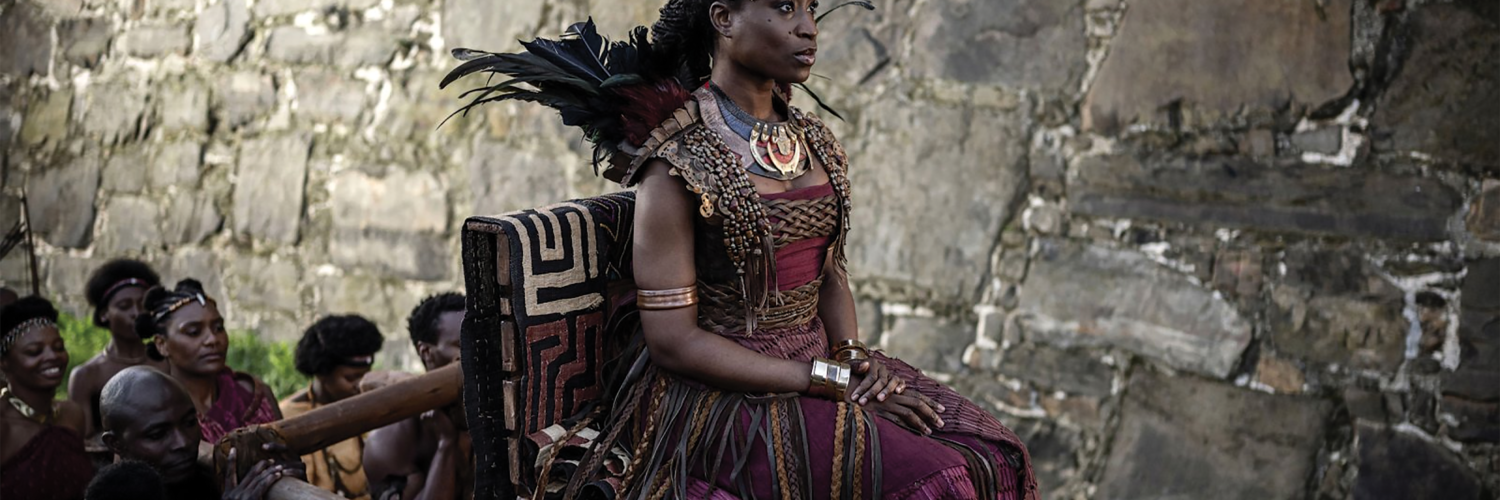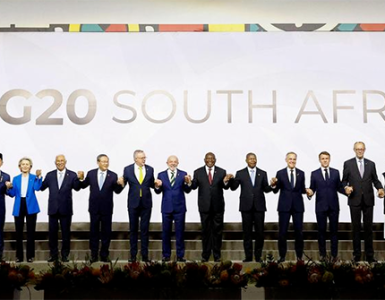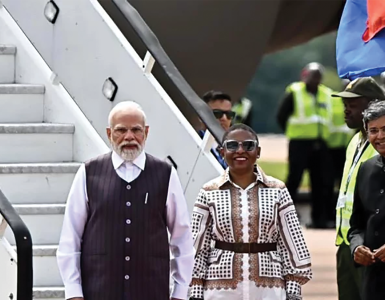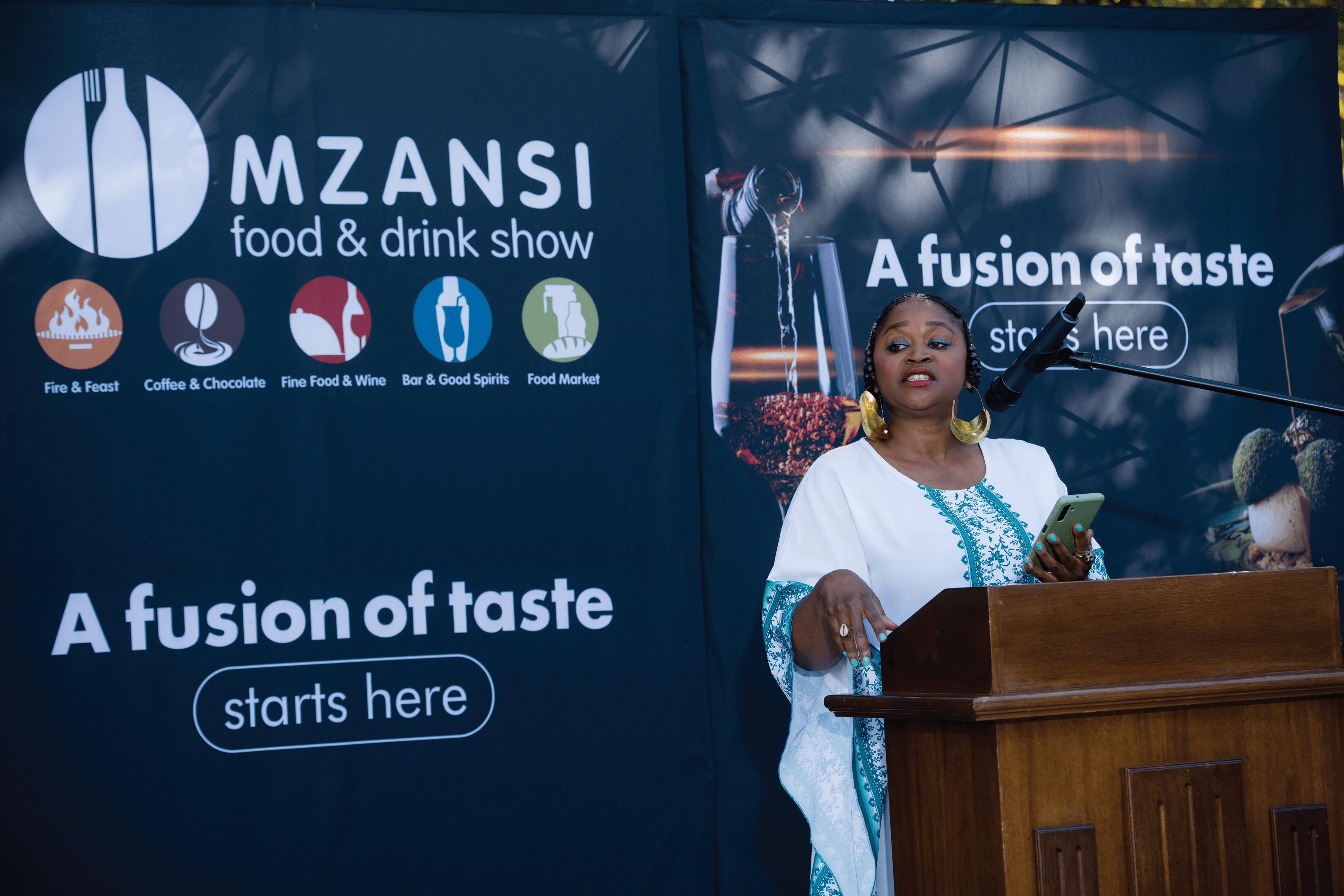ORIGINALITY: A Netflix series about Queen Njinga, one of Africa’s most historically significant rulers, should be cause for much celebration. But the resulting production largely disregarded what Angolans themselves think of their country’s history and culture.
By Mariana Bracks Fonseca, John Bella and Bruno Verás
Jinga Mbandi is one of Angolan history’s most important icons: the warrior queen of the 17th century, who defeated the Portuguese, was never captured or subservient, and maintained her kingdom’s sovereignty despite decades of persecution.
Angolan nation-building in the 1970s recuperated Njinga’s historical trajectory as a great leader who united peoples of different ethnic origins against colonial interests. Poems by Agostinho Neto and Manuel Pacavira’s novel Nzinga Mbandi, written while imprisoned in the colonial jail at Tarrafal, signal an historical consciousness of the deep roots of the struggle of the peoples of Angola against colonisation.
The first issue is the cast. In 2021, as soon as the creation of the series with executive producer Jada Pinkett Smith was announced, the Angolan actor Sílvio de Nascimento wrote and circulated an online petition denouncing the production as being “without any benefit to Angola, not in the technical crew or in the use of Angolan actors, and we find this repugnant and bordering on cultural usurpation for their own benefit, where our history is told from their point of view and often twisting the real facts in their narrative about us, we can no longer tolerate this.”
Despite the critique, nothing was done to improve the situation and the series was filmed without the participation of any Angolan actors. The only (and important) presence of someone of Angolan origin was the former Minister of Culture, Rosa Cruz e Silva. Of those interviewed, she was the only one with specialised publications on Njinga, but even so, she was given much less space than the others.
For production reasons, they decided to shoot the series outside of Angola. A film set was built in South Africa where dozens of actors were taken. This surely facilitated production by making English the common language and taking advantage of direct flights for actors coming from England and other centres of the Global North. They made little to no effort to learn anything from the prior Angolan production Njinga, Rainha de Angola (Njinga, Angolan Queen) (2013), either at the level of producing it in the Angolan context (or in terms of the dialogue) or in terms of the aesthetic choices made and the art direction.
That is visible in the sense of emptiness, vastly under populated areas and the small size of forces in scenes where Njinga is shown followed by her people. This is an aesthetic (and historical) problem of framing and shooting a series meant to be watched on smartphones. Perhaps if the series had respected the necessarily epic history of the queen, more actors (and preferably Angolan ones) or special effects could have been used to show the demographic density that existed in West Central African cities of the period.
AUTHENTICITY
The absence of the Angolan landscape impacts how viewers understand Njinga’s trajectory since she so deftly used local geography as a strategy of war. For years she maintained her kilombo (nomad military camp) moving it between different islands on the Kwanza River such that she foiled her Portuguese enemies who could not manage to locate her among “so many arms” of the river, as soldier and historian António de Oliveira Cadornega described it in História Geral das Guerras Angolanas (General History of Wars in Angola) (1680). It would have been incredible to see the fabulous escape from Kina Kinene, where Njinga fled covered in vines, or the lush Pedras de Mpungo Ndongo, where her great rival from the Ari lineage dwelled, and that she attacked with such determination.
It would have been great to see the real war scenes, so important to the strategies undertaken in them, on screen. Having filmed the series in a location elsewhere on the continent, various historic episodes that are entwined with their geography were lost. The same attention to aerial takes and poetic Hollywood-esque shots of the Nile River should have been exchanged for other less well-known African landscapes.
The art direction was certainly well-done in terms of producing objects, clothing and scenes. The quality and attention to details are unquestionable. Although, and this is a central question in recent Afro-centric productions from the Global North, these are fetish pieces. They are projections of Black American imaginaries and desires of their “roots.”
For example, some of the scenes, jewels, costumes and clothing are a pot-pourri of various “African” references present in the Black imaginary of the Global North. The gold jewels Njinga wears are Asante and the murals on the city of Cabaça are images taken from Sahelian cultures. Triangular spikes (a reference to Hausa culture) and clay architecture reflect the greatness of Ancient Mali, more than Angolan historical realities.
On the top of Njinga’s throne is the carved Anansi spider of the Akan. The symbol of maximum authority placed on the head of the Ngola (kings and queens), for example, the kujinga is made of raffia but was replaced in the series by a metal crown, in the European style. The art direction looked very little to Angola, and, instead repeated clichés of the Black imaginary of the Global North and of 19th-century Western references, like the painting by Achille Dévéria.
The soundtrack is engaging. It mixes hip-hop as the theme music for the Jaga “bad guys,” with the soft “African” percussion for the queen’s introspective moments. But there are no Angolan instruments or dances. We don’t hear marimbas (xylophones) or ngomas (drums) with their distinctive rhythms. The lunga—an iron musical instrument with two bells—the main symbol of Jaga military authority, appears rapidly but is not struck.
That Netflix has opened its programming and international reach to the histories of African queens is to be lauded. The docu-drama is beautiful, offers fascinating dramatisation and good actors, but the issue is this: what Africa is being presented in this history? An Africa recounted from listening to Africans (in their specific contexts) or a fetishised one? What Africa is being represented by the great audiovisual industry?
Another pertinent question: what do Angolans get from a production and version of their history that excludes their bodies, geography, symbols, cultural practices, and ideas? To what extent “are lions writing history”—as the narrator in the series affirms—and to what extent is one more African narrative captured, displaced from its origins, and appropriated in the interests of those who monopolise the narrative of the global film scene? If the intention is to tell decolonial histories, then they should employ decolonial production practices and take into account the inequalities between North and South.
Otherwise, we are stuck in Hollywood’s cinematic magic and illusion.
- The article sourced from Africa is a Country, Africa Is a Country, a media outlet of opinion, analysis, and new writing on and from the African left
Comment
SA MUST STAND ITS GROUND
The world’s eyes are expectedly on South Africa as the hype around its hosting of BRICS – the multilateral forum composed of Brazil, Russia, India, China and South Africa – reaches something of a crescendo closer to Tuesday.
In the lead-up to the summit, South Africa has been convening imbizos to drum up local support for the jamboree. Needless to quantify the success of it all, except to note the muffled fanfare in response to the hurried nationwide public relations exercise.
Perhaps something to its defence for the lack-lustre showing could be the interceding factors that increasingly forced it to remove its eye from the ball, impacting on the preparations for some of the pre-summit satellite events.
For example, the dire economic situation, exacerbated by the long-running energy crisis, undoubtedly added to the gloomy national mood, especially when the government seemed to scramble to inject life into the preparations for the summit and ramp up the hype.
Worse, divisions across the nation about the significance of this summit have cast a dark cloud over the proceeding. Anti-BRICS sentiment seemed to have been galvanised by the hardening stance adopted by the United States over South Africa’s relations with Russia, which is currently at war with Ukraine.
All these factors compounded into a curve ball flying in the direction of a government already fending off fires from a host of other unwieldy domestic issues. Add the anti-Russia opposition stance to the mix, the situation has been hotting up, with the DA’s angry reaction to the whole saga akin to a bull seeing a red flag.
In fact, a national consensus about the advantages accruing to South Africa for belonging to BRICS is as possible as the prospect of the ANC winning a ward in Orania. And, mark you, things are unlikely to change in the foreseeable future, with BRICS most likely to be the battering ram in the next elections.
Yet, be that as it may, the reality is that BRICS is slowly gaining muscle and steadying itself to march forward with self-assured determination – all poised to change the world as we know it today. Forever.
In the Olympiad of world politics, a seismic shift is inevitable. The games have begun. And existential mercies to poor ants who will be caught up in the cauldron of the new Cold War duels seemingly gathering storm yonder.
As Johnny-come-lately to the real brass tacks of world politics and the inherent intrigue, South Africa will be called to muster unprecedented political will to navigate the menacing choppy waters of international diplomacy.
It will be called to assert its sovereignty unwaveringly to occupy its rightful place among the world’s nations. Lest it be run over like ants trapped in the stomping ground of duelling elephants.
Is South Africa ready for the call?
Published on the 112th Edition


































